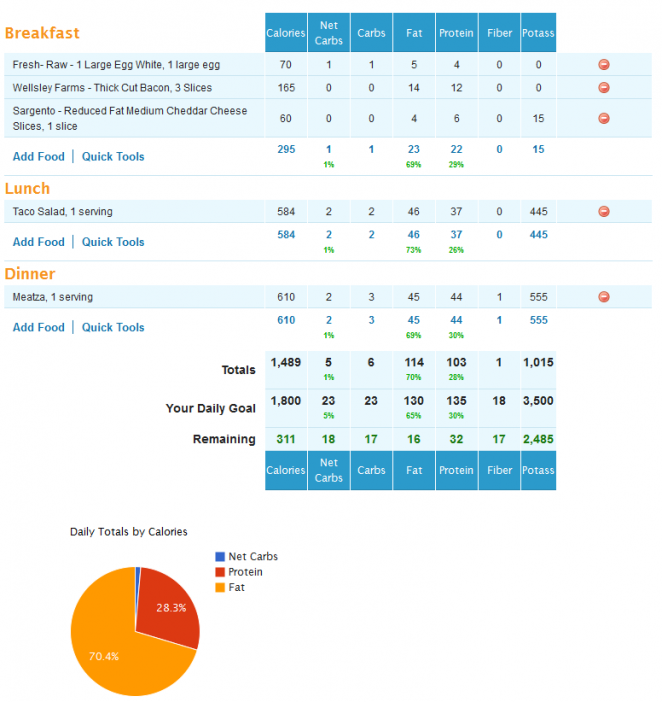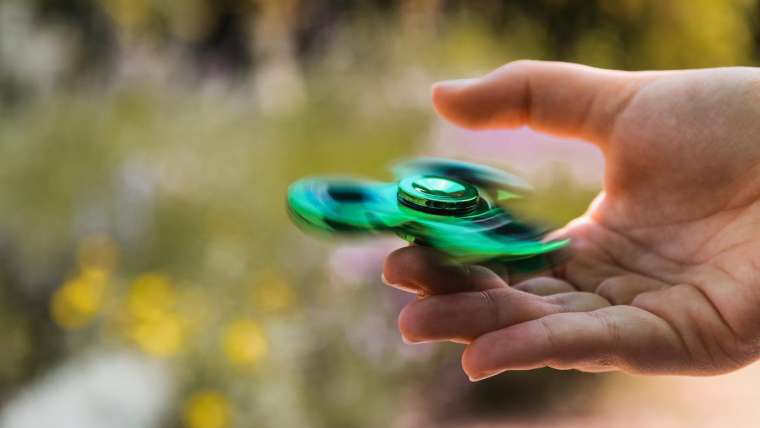Discover how to kickstart your keto journey with our simple 7-day meal plan and transform your health and energy levels.
Table of Contents
Let’s Begin with Keto!
Are you ready to embark on a new, exciting journey towards a healthier lifestyle? Starting a keto diet could be just the right step for you! In this section, we will explore what a keto diet is all about and why beginning a keto diet plan for beginners could lead to numerous health benefits.
What is Keto?
A keto diet, short for a ketogenic diet, is a low-carb, high-fat eating plan designed to help your body burn fat more efficiently. By reducing your carbohydrate intake and increasing your consumption of healthy fats, the keto diet encourages your body to enter a metabolic state called ketosis, where it uses fat for energy instead of carbohydrates.
Why Start Keto?
Starting a keto diet plan for beginners can have a multitude of benefits for your overall health and well-being. From aiding in weight loss and improving mental clarity to reducing the risk of certain diseases, the keto diet offers numerous advantages that can positively impact your life. By embracing the principles of the keto diet, you are taking the first step towards a healthier you!
Understanding Your Keto Meal Plan
When you start following a keto diet, you’ll be introduced to a whole new way of eating that can be both exciting and beneficial for your health. Understanding what a keto meal plan entails is essential for your success in following this lifestyle.
Keto Foods
A keto meal plan consists of foods that are high in fats, moderate in protein, and very low in carbohydrates. Some common foods included in a keto diet plan are avocados, meats, eggs, cheese, nuts, and low-carb vegetables like spinach and broccoli. These foods help your body enter a state of ketosis, where it burns fat for fuel instead of carbohydrates.
Foods to Avoid
While following a keto diet, there are certain foods you should avoid as they can kick you out of ketosis. Foods like bread, pasta, sugary treats, fruits high in sugar, and starchy vegetables should be limited or eliminated from your meal plan. By focusing on consuming the right types of foods and avoiding the wrong ones, you can effectively follow a keto diet meal plan and reap its benefits.
Your First 7 Days on Keto
As you start your keto journey, it’s important to focus on consuming foods that are high in healthy fats, moderate in protein, and very low in carbohydrates. A typical day on keto might include foods like eggs, avocado, and leafy greens for breakfast, followed by grilled chicken with broccoli and butter for lunch. Snack on some nuts or cheese, and for dinner, enjoy a delicious salmon fillet with a side of asparagus cooked in olive oil. Remember to drink plenty of water throughout the day to stay hydrated.

Image courtesy of cavemanketo.com via Google Images
Day 2-7: Staying on Track
Building on the principles of Day 1, the following days of your keto meal plan will offer a variety of options to keep your taste buds satisfied while maintaining ketosis. Consider meals like bacon and eggs for breakfast, Greek salad with feta cheese for lunch, and a perfectly seasoned steak for dinner. Snack on crunchy cucumber slices or celery sticks with cream cheese. It’s crucial to stay consistent with your keto-friendly food choices to see the best results.
Tips for Success on Keto
Starting a keto diet is an exciting journey towards better health and fitness. However, maintaining this lifestyle requires dedication and some helpful tips to ensure your success. Here are some valuable suggestions to help you thrive on your keto journey:
Staying Hydrated
One of the most crucial aspects of a keto diet is staying properly hydrated. Drinking plenty of water not only keeps you feeling refreshed but also helps your body adapt to burning fat for fuel. Aim to drink at least 8-10 glasses of water each day to support your overall well-being on keto.
Managing Cravings
It’s natural to experience cravings for sweets or carbohydrates, especially when transitioning to a keto lifestyle. To combat these cravings, try incorporating healthy fats like avocado or almonds into your meals. These can help satisfy your hunger and prevent you from reaching for unhealthy snacks. Additionally, consider having keto-friendly treats like sugar-free dark chocolate on hand for when cravings strike.
| Day | Breakfast | Lunch | Dinner | Snack |
|---|---|---|---|---|
| Day 1 | Scrambled eggs with avocado | Grilled chicken salad | Salmon with asparagus | Almonds |
| Day 2 | Greek yogurt with berries | Turkey and cheese roll-ups | Zucchini noodles with meatballs | Celery sticks with almond butter |
| Day 3 | Chia seed pudding | Cauliflower rice stir-fry | Grilled steak with broccoli | String cheese |
| Day 4 | Omelette with spinach and feta | Tuna salad lettuce wraps | Mushroom and spinach stuffed chicken | Seeds and nuts mix |
| Day 5 | Smoothie with almond milk and protein powder | Keto quesadilla with guacamole | Cauliflower crust pizza | Hard-boiled eggs |
| Day 6 | Bacon and eggs | Avocado and shrimp salad | Pork chops with broccoli rabe | Cheese cubes |
| Day 7 | Keto blueberry muffins | Grilled salmon with Caesar salad | Beef stir-fry with bell peppers | Olives |
Creating Your Own Keto Dishes
Now that you’ve gotten the hang of following a simple keto meal plan, it’s time to unleash your creativity in the kitchen and start crafting your own keto-friendly dishes. Cooking your own meals gives you the freedom to customize your food to suit your tastes while staying within the bounds of the keto diet.

Image courtesy of www.pinterest.com via Google Images
Mixing and Matching
One of the exciting aspects of the keto diet is the flexibility it offers in combining various ingredients to create unique and delicious dishes. Experiment with different protein sources like chicken, beef, or fish, and pair them with low-carb vegetables such as spinach, broccoli, or asparagus. Don’t forget to add healthy fats like avocados, nuts, or olive oil to keep you feeling satisfied.
Keto-fy Your Favorites
Love pizza? Crave pasta? No problem! With a little creativity, you can transform your favorite carb-heavy dishes into keto-friendly versions. For example, swap out traditional pizza crust for a cauliflower or almond flour crust. Zoodles (zucchini noodles) make a fantastic substitute for spaghetti with marinara sauce. By making simple ingredient swaps, you can continue to enjoy your beloved meals while staying true to your keto goals.
Summarizing Your Keto Start
Starting a keto diet can be an exciting journey towards better health and wellness. Keto, short for ketogenic, is a diet that focuses on burning fat for fuel instead of carbohydrates. By limiting carb intake and increasing healthy fats, you can kickstart your metabolism into a state of ketosis, where your body efficiently burns fat for energy.
There are numerous benefits to starting a keto diet. From weight loss and increased energy levels to improved mental clarity and better blood sugar control, the keto diet has a lot to offer for those looking to make a positive change in their lives.
What is Keto?
The ketogenic diet, or keto diet, is a low-carb, high-fat eating plan designed to promote fat burning. By drastically reducing your carbohydrate intake and replacing it with fats, your body enters a state of ketosis, where it becomes more efficient at burning fat for fuel instead of glucose.
Why Start Keto?
Embarking on a keto diet journey can lead to significant health benefits. Not only can it help with weight loss and fat burning, but it can also improve various markers of health such as blood sugar levels, cholesterol, and energy levels. Starting keto can be a great way to revamp your eating habits and achieve your wellness goals.
FAQs
Can I start the keto diet anytime?
Yes, you can start the keto diet at any time! The beauty of the keto diet is that it is flexible and can be personalized to fit your schedule and preferences. However, starting the keto diet might require a bit of preparation to ensure you have the right foods on hand and understand the basics of the diet plan.
What if I feel tired when starting keto?
Feeling tired or experiencing low energy levels when starting the keto diet is a common phenomenon known as the ‘keto flu.’ This happens as your body adjusts to using fat for fuel instead of carbohydrates. To manage the keto flu, make sure to stay hydrated, increase your salt intake, get plenty of rest, and consider easing into the keto diet gradually instead of making drastic changes overnight.
Generated by Texta.ai Blog Automation





